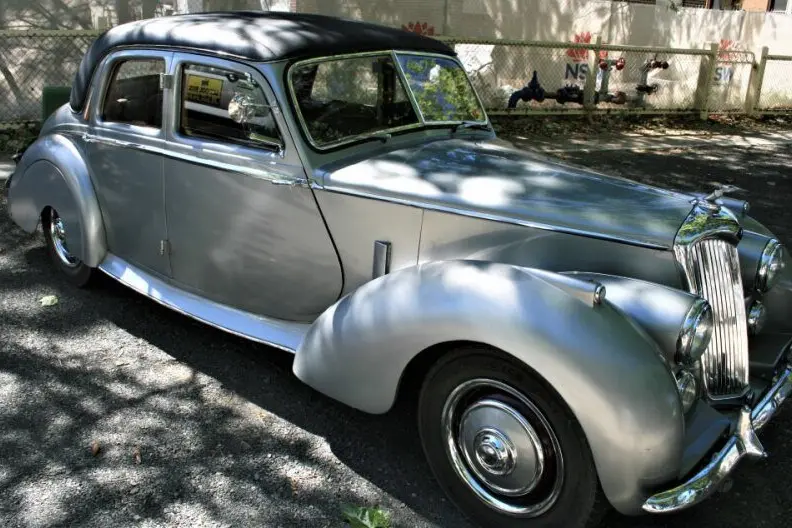PHOTO
For a distinguished post-War British gent who may not be able to afford a Rolls Royce, a Riley RME Saloon was the next best thing.
The Riley RM Series was an executive car produced by Riley from 1945 until 1955 and, in the increasingly-competitive world market, was the last model developed independently by Riley.
Riley designed and built sturdy, well-engineered cars during the first half of the 20th century, launching many innovative features including leather seats, walnut-veneered dashboards, circular instrument displays, and one of the first engine revolution counters (tachometer).
However, a tendency to produce too great a range of vehicles over a short period, launching saloons, roadsters, sports cars and open-seaters, two-, three- and four-door models, all in the same year, led to their eventual merger with Austin and the Nuffield Organisation to form the British Motor Corporation (BMC).
Indicating this tendency to spread themselves too thin, the company was one of the few motor manufacturers worldwide that used more than one logo, statuette and marque as their brand.
Among a dizzying number of bonnet mascots was the Riley "Ski Lady", a very popular adornment that many early cars featured, copied from the idea of lucky figureheads on sailing ships beloved by superstitious sailors.
However, Riley used many more types of figures to adorn different models including birds of prey such as kestrels, merlins and falcons, an angel, Pegasus, the flying horse – and even an elephant.
Riley ended production in the late-1960s with the last Riley-badged cars produced in 1969: the Elf, a Mini-Minor competitor, and the Kestrel, a small family car.
Due to the continuing affection for the brand in Britain, there have been numerous reports of plans to revive the Riley name, as has occurred with other classic English vehicles like the MG, but these have so far come to nought.

